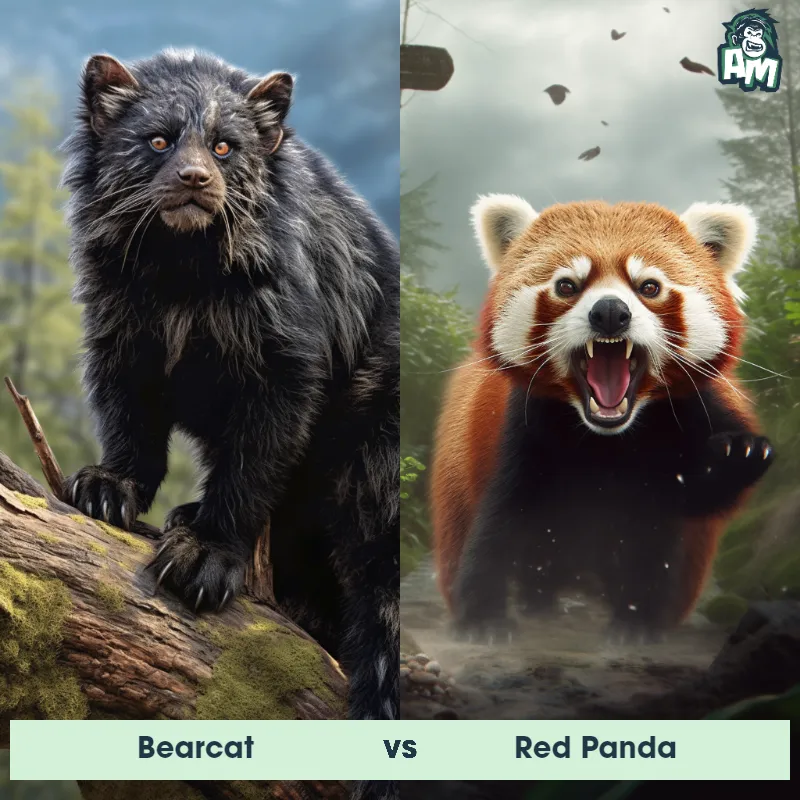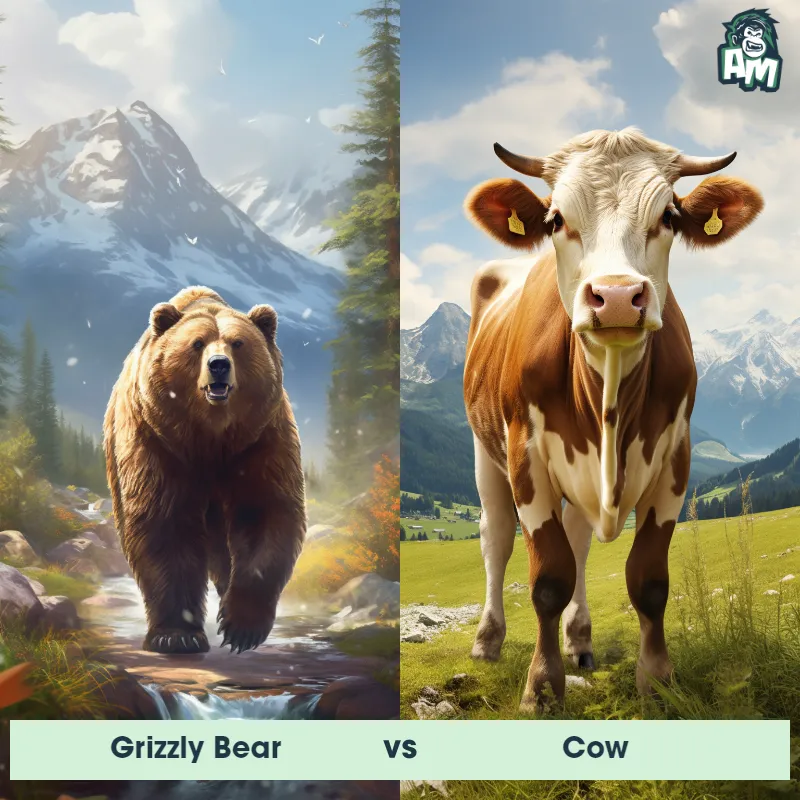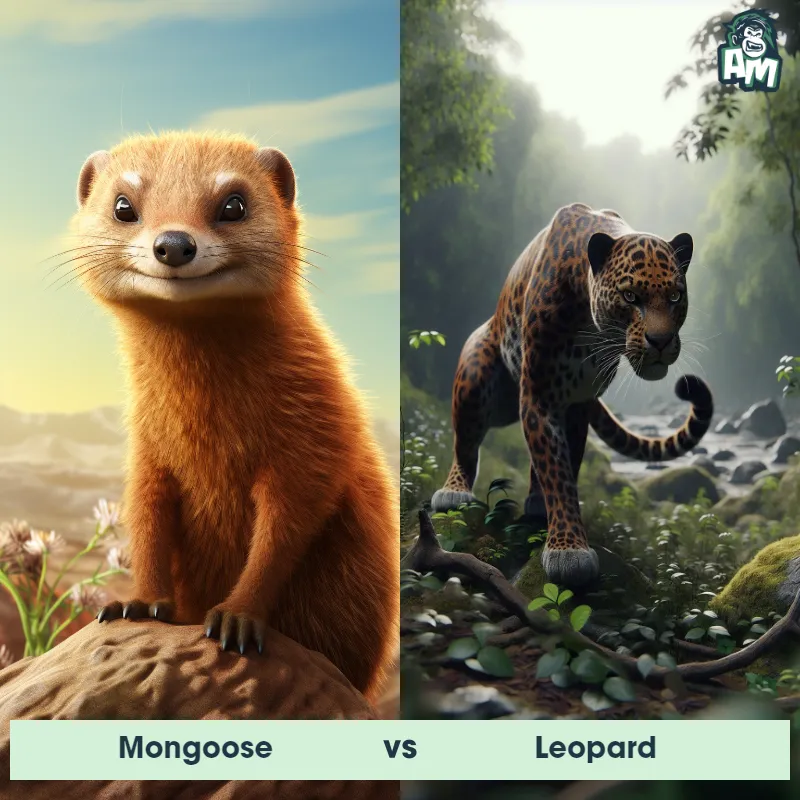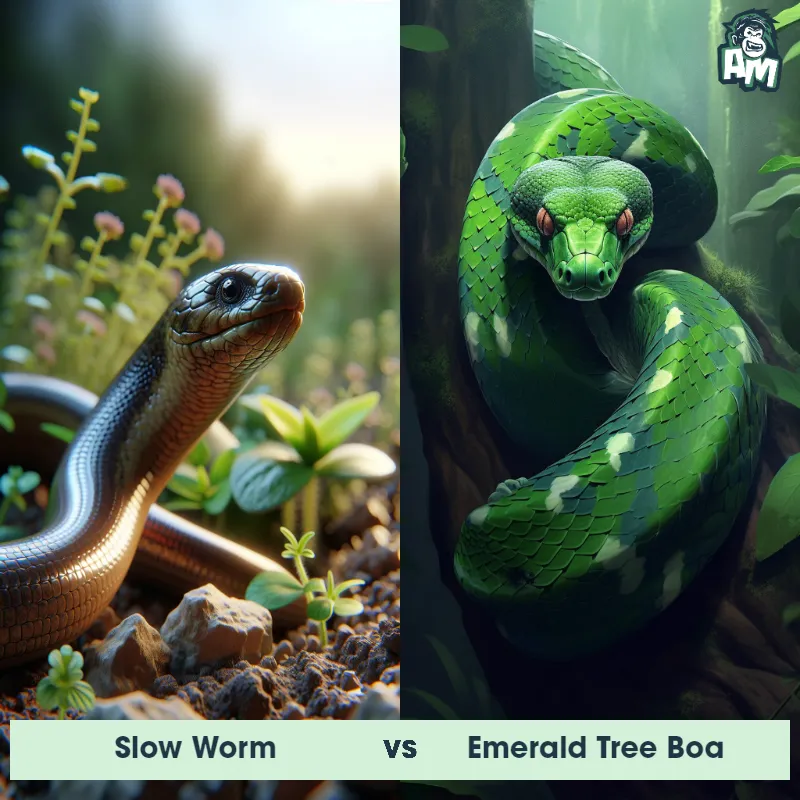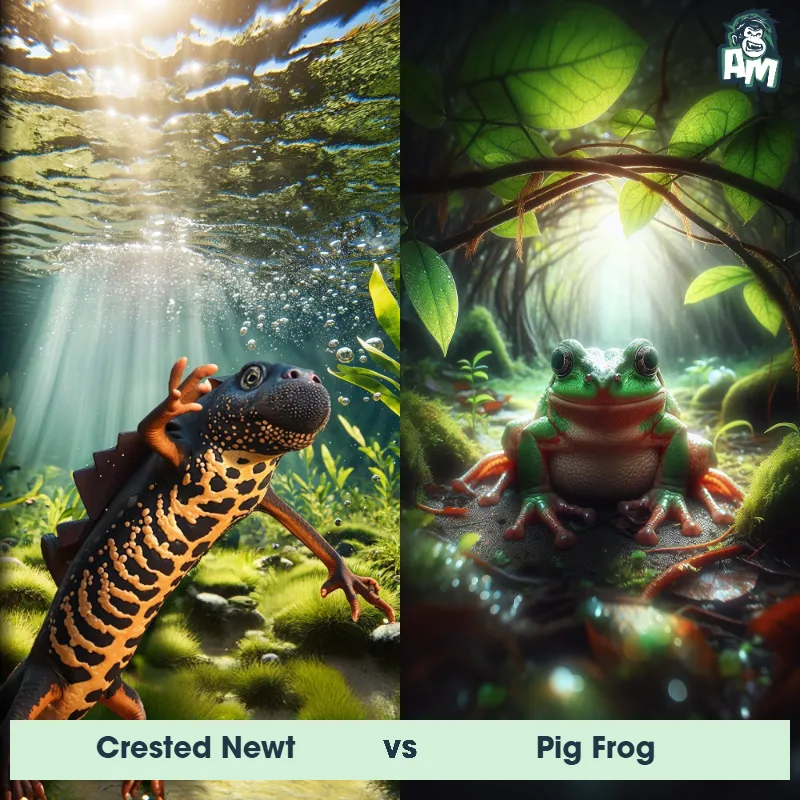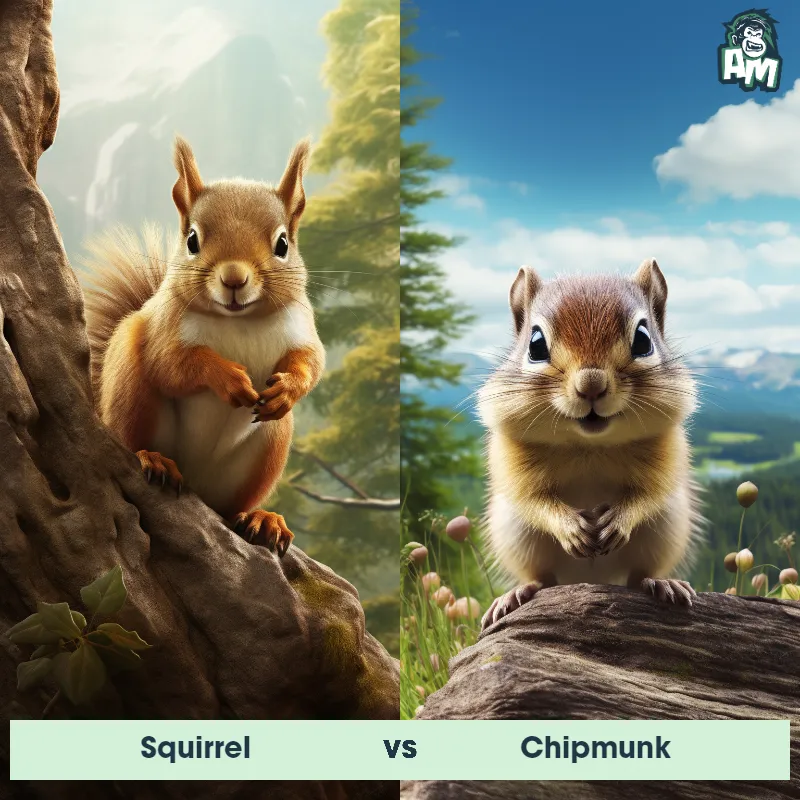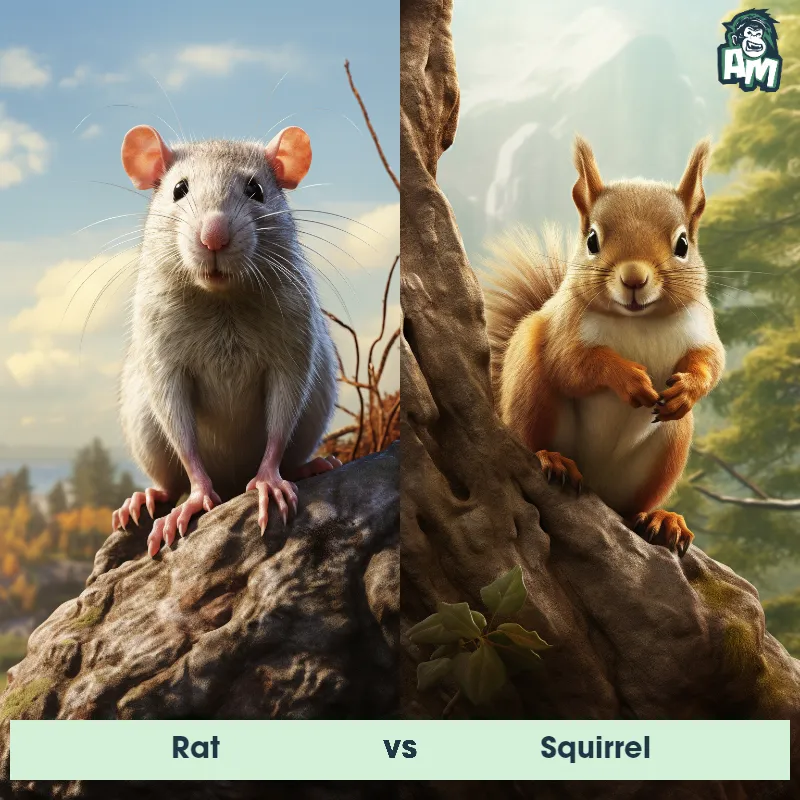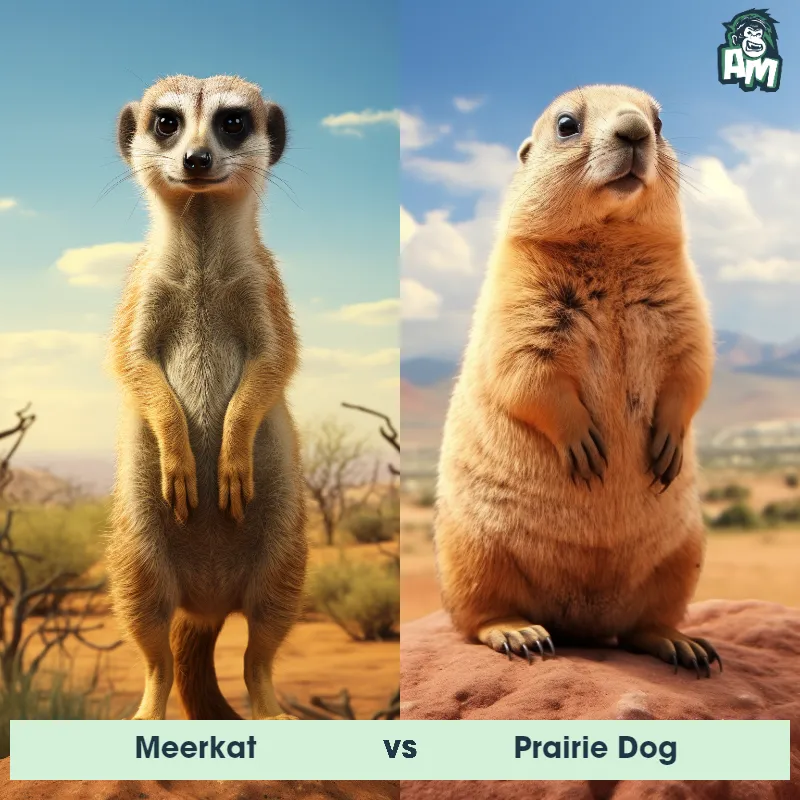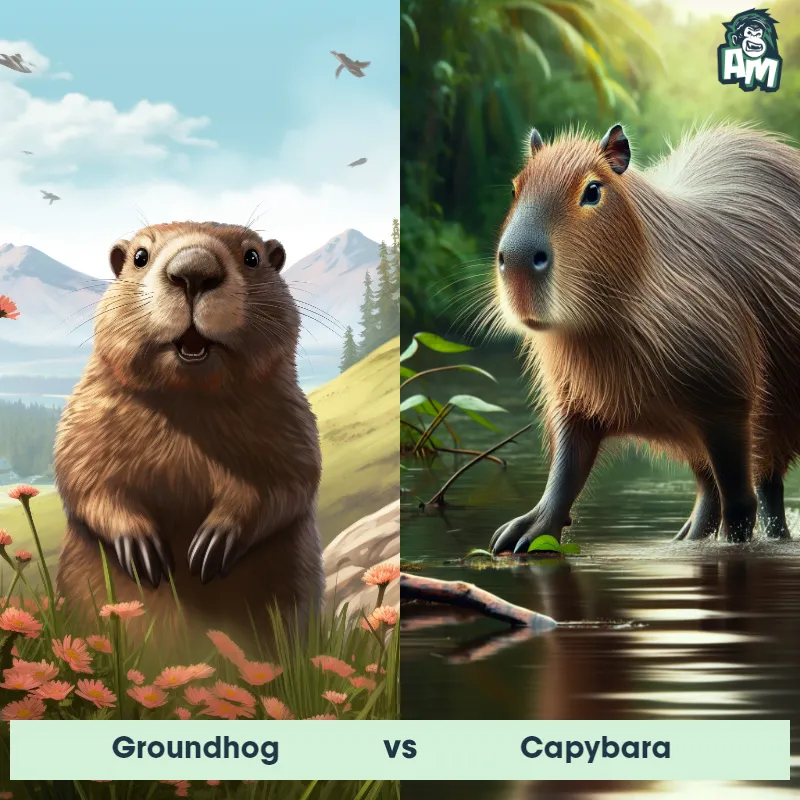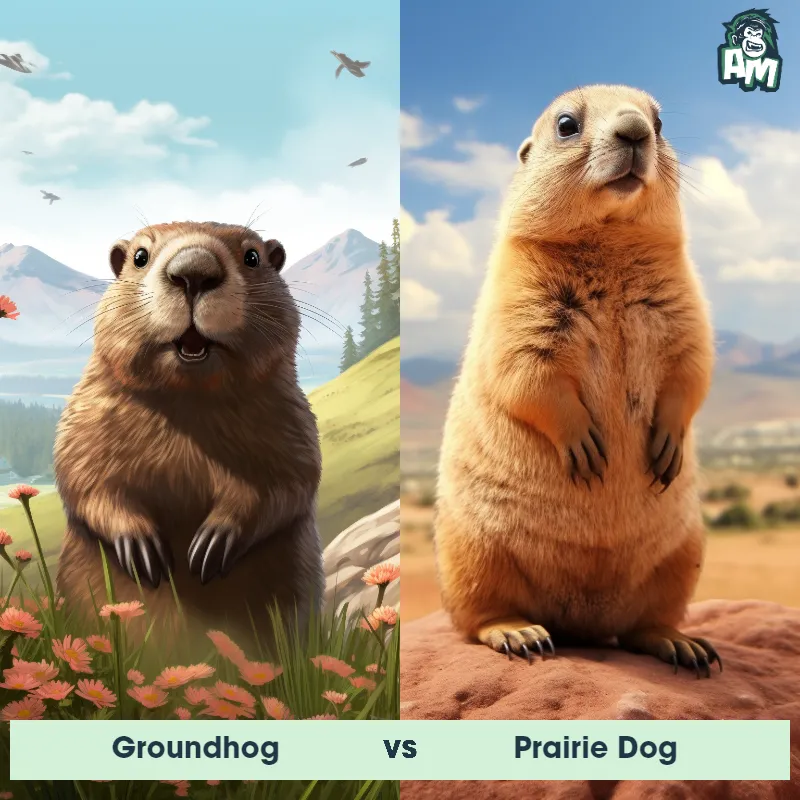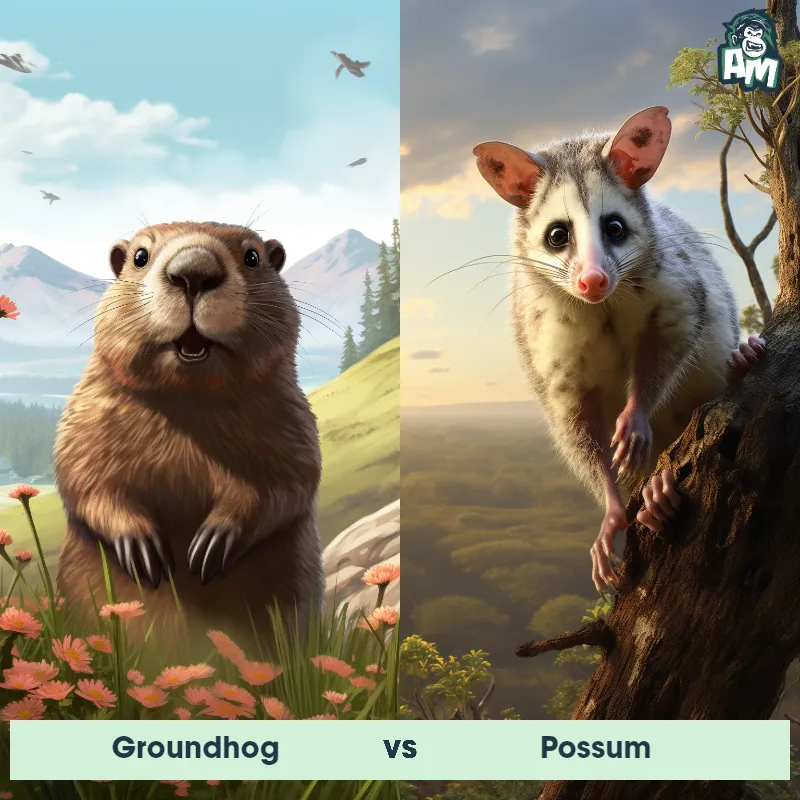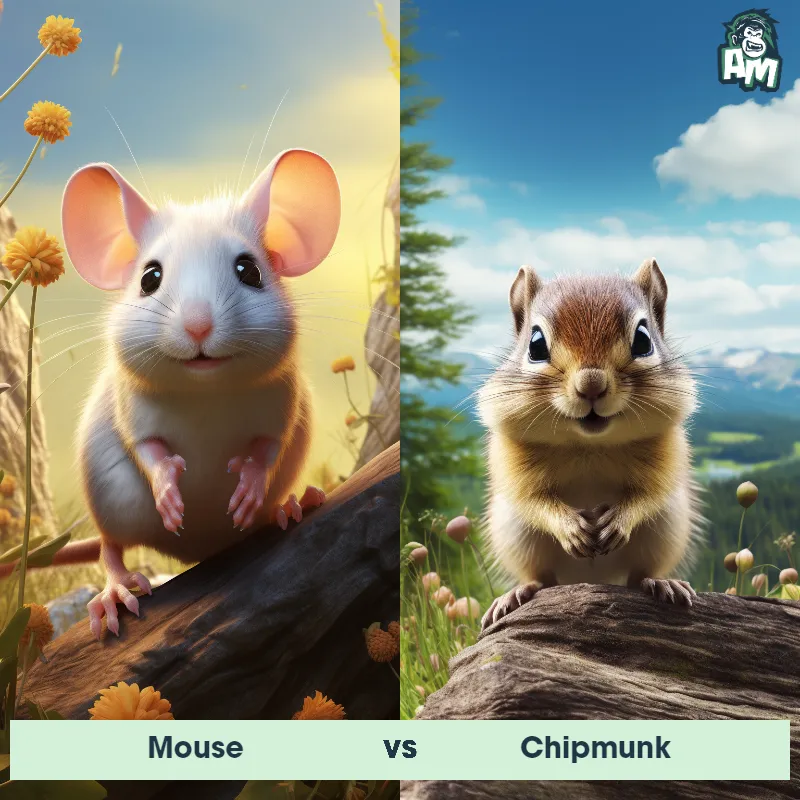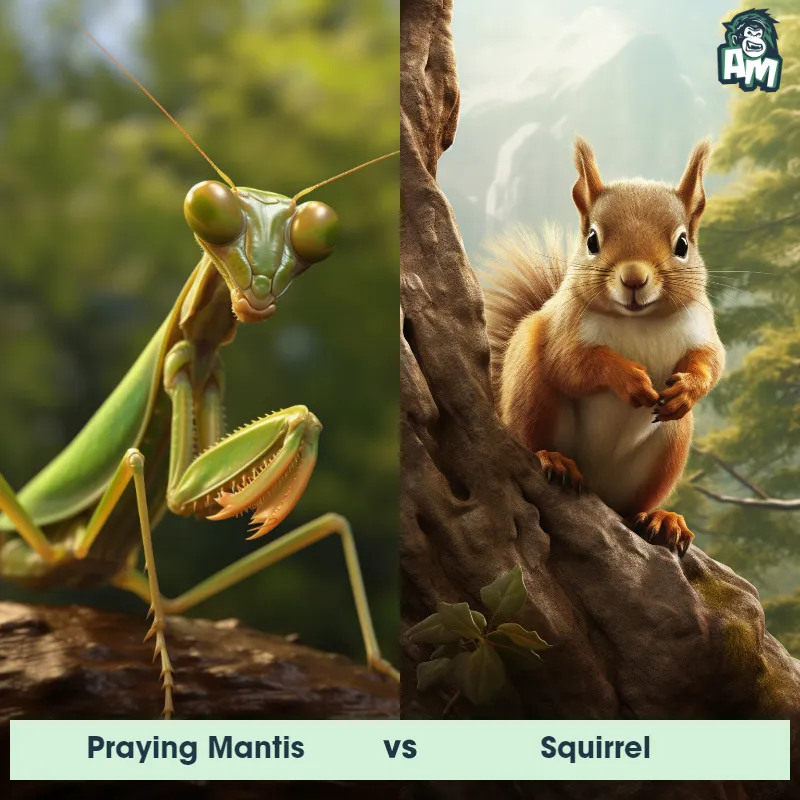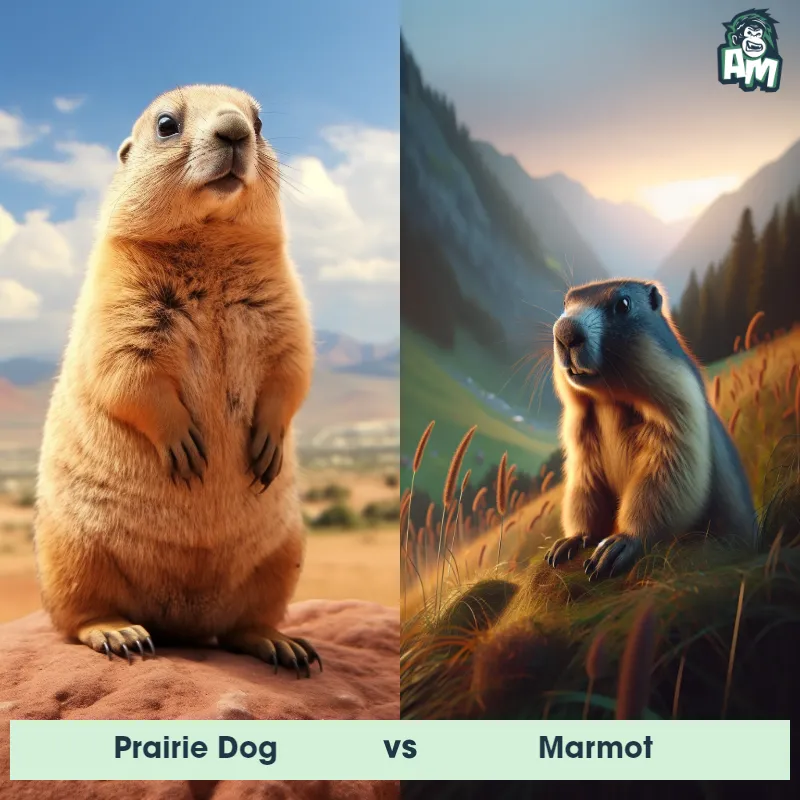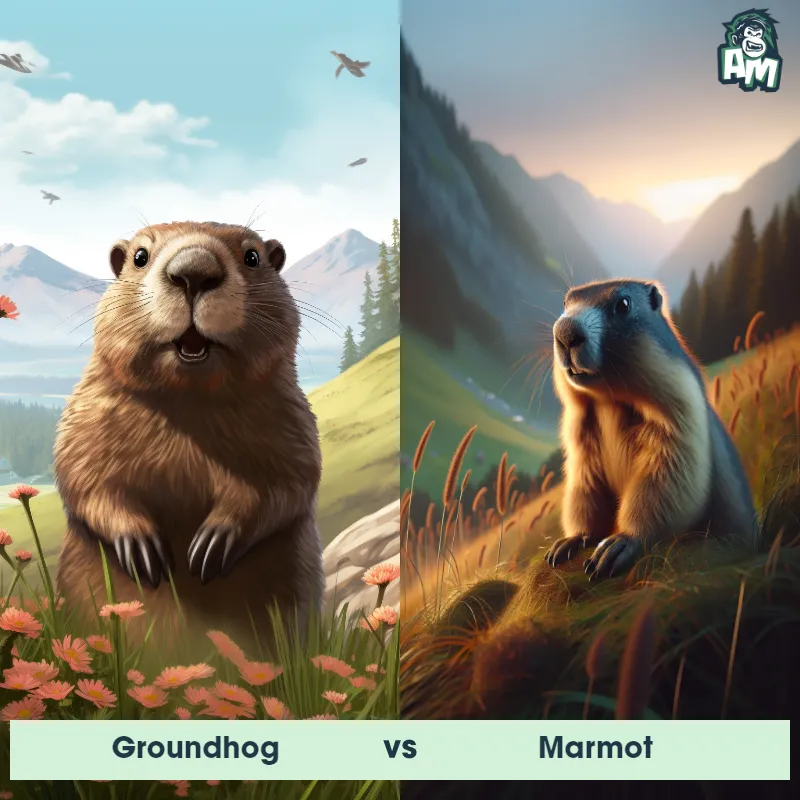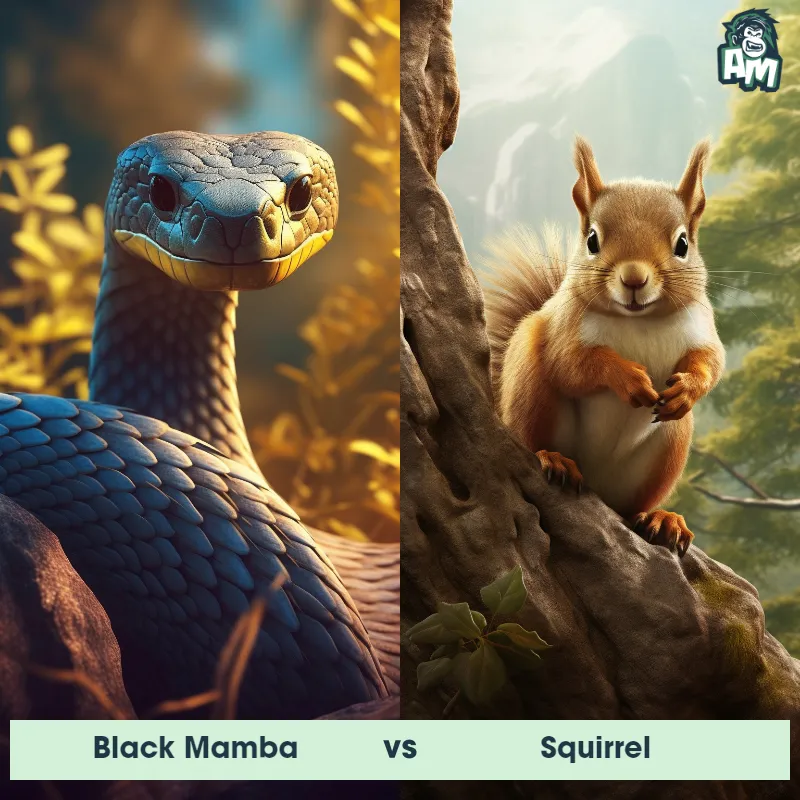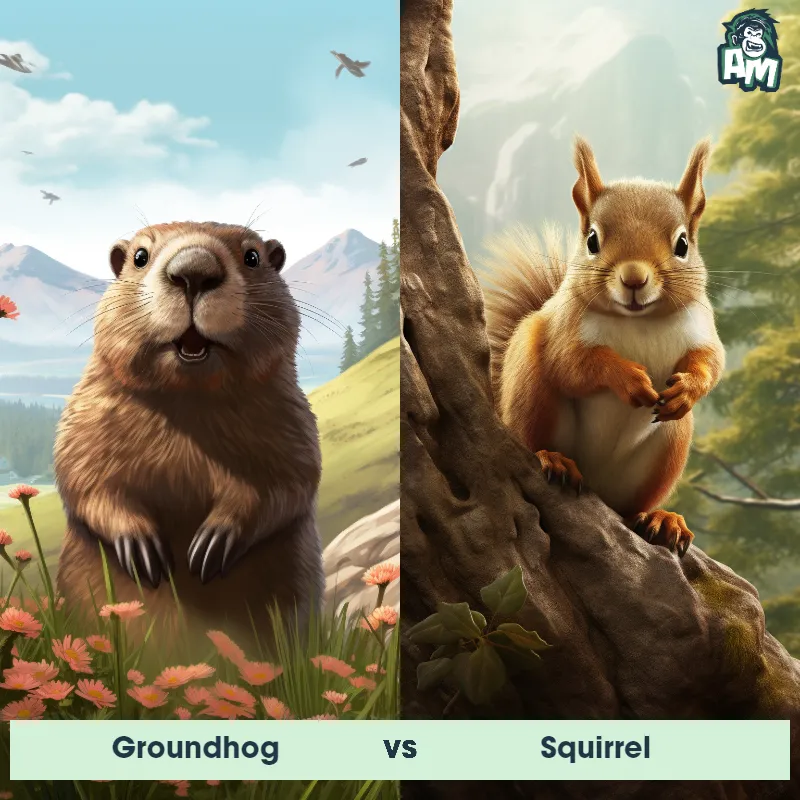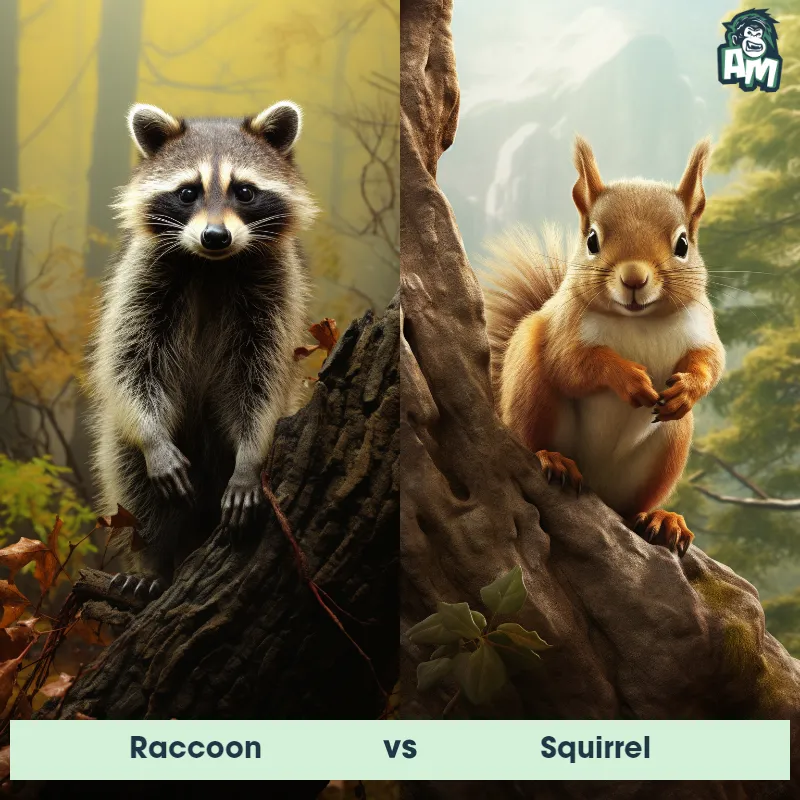Groundhog vs GopherSee Who Wins

Good evening, folks! We're on the brink of an exceptional face-off tonight between two noteworthy contenders from varied realms of the animal kingdom. On one side, we have our opponent from the burrows, a crafty and resilient groundhog. Facing off against him, we have an intelligent and nimble gopher, renowned for agility. Expect a thrilling match entailing an intriguing mix of strategies, defensive maneuvers, and offensive moves.
Contender 1: Groundhog
The Groundhog, also known as a woodchuck, is a rodent of substantial size known for its burrowing habits. Groundhogs possess a stout body, weighing up to 14 pounds and measuring up to 26 inches long. They have a grizzled, grayish-brown fur, short ears, a small tail, and sharp claws which are well-adapted for digging. The Groundhog's diet primarily consists of grasses, fruits, and vegetables, and they are often found in meadows, pastures, and along the edges of woodlands.
Fun Fact: Groundhogs are not only skilled diggers but also efficient swimmers and climbers, surprising traits for their seemingly clumsy build.
Contender 2: Gopher
The gopher is a small rodent that is primarily known for its burrowing habits. They have a robust, cylindrical body, small eyes, and even smaller ears. Their fur can range from light brown to nearly black. Gophers possess strong front legs with large claws, which they use efficiently for digging intricate tunnel systems. They are solitary animals, often inhabiting a range of environments, such as prairies, forests, and gardens, where they feed on plant roots, bulbs, and other vegetables.
Fun Fact: Despite their small size and seemingly insignificant presence, gophers play a crucial role in ecosystem health as their burrowing helps to aerate the soil, leading to improved nutrient circulation and soil fertility.
Matchup Stats
| Groundhog | Gopher | |
|---|---|---|
| Size | Up to 26 inches long (66 cm) | 5-14 inches (12.7-35.56 cm) |
| Weight | Up to 14 pounds (6.35 kg) | 0.5-2.2 lbs (0.23-1 kg) |
| Speed | 12 mph (19 km/h) | 8mph (13km/h) |
| Key Strength | Sharp claws for digging and defense | Strong front legs with large claws for digging and defense |
| Biggest Weakness | Stout body, not built for speed | Small size and poor eyesight |
Current Votes
Groundhog vs Gopher
See Who Wins
View More Matches
Looking For More?
Similar Matches
Scientific Stats
| Groundhog | Gopher | |
|---|---|---|
| Scientific Name | Marmota monax | Geomyidae |
| Family | Sciuridae | Rodentia |
| Habitat | Meadows, pastures, and edges of woodlands | Underground burrows |
| Geography | North America | North and Central America |
| Diet | Grasses, fruits, and vegetables | Herbivore, primarily plant roots, bulbs, and other vegetables |
| Lifespan | 3 years - 6 years | 1 year - 3 years |
Key Differences between Groundhog and Gopher
- Body shape: Groundhogs have a stout and stocky body with short legs, while gophers have a more slender and elongated body with relatively longer legs.
- Habitat: Groundhogs are commonly found in open grasslands, meadows, and woodland edges, where they dig burrows for shelter. Gophers, however, are primarily burrowing rodents that inhabit underground tunnels, creating extensive tunnel systems in a variety of habitats, including grasslands, forests, and deserts.
- Tail: Groundhogs have a relatively short and bushy tail, measuring around 4-7 inches in length. Gophers, on the other hand, possess a longer and slender tail, measuring approximately 6-10 inches, which is often used for balance and communication.
- Facial features: Groundhogs have a relatively flat face with small ears and eyes positioned on the sides of their head. Gophers have a more pointed face with larger eyes and ears that are positioned towards the front of their head.
- Size: Groundhogs (also known as woodchucks) are generally larger than gophers, with an average length of 16-26 inches and weighing around 4-14 pounds. Gophers, on the other hand, are smaller, typically measuring between 5-14 inches in length and weighing around 0.5-2 pounds.
- Fur color: Groundhogs usually have a dense coat of fur that varies in color, ranging from reddish-brown to grayish-brown. Gophers, on the other hand, often have fur that is lighter in color, ranging from light brown to pale gray.



